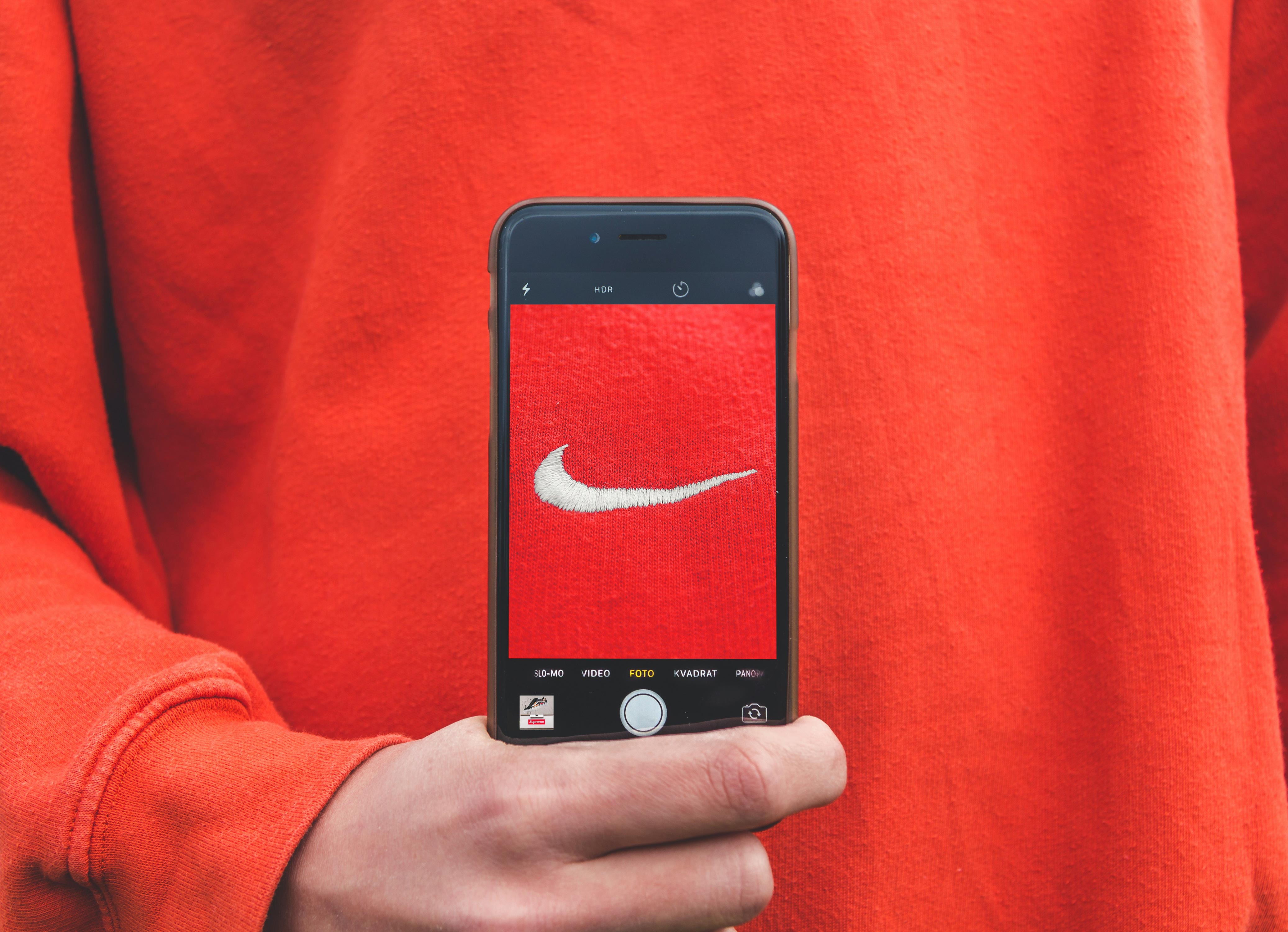
Next gen NFT
Lately a brand new version of NFTs is finding a prominent place in the marketing departments of American companies.
According to Forbes, some companies, such as Nike, are integrating NFTs into their offerings, bridging the gap between virtual images and tangible reality. Notably, credit card powerhouse Mastercard has collaborated with the crypto neobank Hi, allowing NFT enthusiasts to display their unique digital assets on their credit cards.
Beyond physical branding, some have incorporated blockchain elements into existing marketing strategies. In June, Coca-Cola added NFTs to its global advertising campaign, Masterpiece, where the iconic red and black bottles were animated with famous artworks such as Edvard Munch’s “The Scream” and Vincent Van Gogh’s “The Bedroom in Arles.” In August, the company launched a series of digital artworks on Coinbase’s BASE blockchain, featuring combinations of famous paintings and contemporary works on soda bottles in a series of digital images linked to NFTs. Coca-Cola’s initiative yielded $543,000 from the sale of 80,000 tokens. This virtual tactic leverages existing Coca-Cola fan markets and collectors of vintage bottles. Some are willing to spend up to $4,000 at auctions for the rarest bottles. In comparison, Coca-Cola’s NFTs allowed collectors to purchase $25 worth of ether during the August 2023 sale.
Some companies are also using NFTs to breathe new life into their loyalty programs. Starbucks, for instance, tested its Odyssey loyalty program in December 2022, granting a selected group of users access to online games and quests that generate NFT rewards. These tokens offer exclusive perks, including access to special drinks, online cocktail preparation courses, and vacations.
Members of Odyssey have already started receiving rewards, and the top 20 point holders in January 2024 will be invited to an all-expenses-paid trip to Costa Rica, where Starbucks owns its only coffee farm, as per a post by Steve Kaczynski, an Odyssey executive.
German airline Lufthansa adopted a similar approach to loyalty by issuing commemorative NFTs for certain trips or destinations to users of its Uptrip platform, acting as digital stamps for passengers’ digital wallets. The service creates NFTs on the Polygon blockchain that can be exchanged for free in-flight WiFi, access to airport lounges, and air miles.
“Companies can have much of the tools of a loyalty program without having to build as much infrastructure.”
Paul Brody, Ernst & Young
While this type of loyalty program technically doesn’t need blockchain technology to function, its use could make the process more cost-effective, giving Lufthansa customers the impression that the company is embracing the latest technologies. According to Paul Brody, Global Blockchain Leader at Ernst & Young, “Companies can have much of the tools of a loyalty program without having to build as much infrastructure.”
The goal of these collectibles is to foster user loyalty to the issuing company, discouraging exchanges. However, as Mr. Brody notes, “it can be very good advertising… Your blockchain wallet will become like your public trophy.”
The main obstacle for companies looking to market and expand using NFTs may stem from the nature of crypto-assets. Acquiring NFTs often requires adding browser extensions, obtaining a cryptocurrency wallet, creating long passwords, and conducting transactions in digital currencies like ether, which can be daunting for non-initiates.
“We believe it’s an excellent way to attract new customers”
Nike’s Vasilev
Partly for this reason, Nike’s Vasilev avoids the term NFT. RTFKT also added an option to first purchase the physical sneaker (without the NFT) using traditional credit card payment options instead of cryptocurrency. According to him, this approach during the Dunk Genesis release attracted new customers, as 93% of those who bought the physical sneakers before the NFTs were first-time RTFKT buyers. “We believe it’s an excellent way to attract new customers,” he adds.




